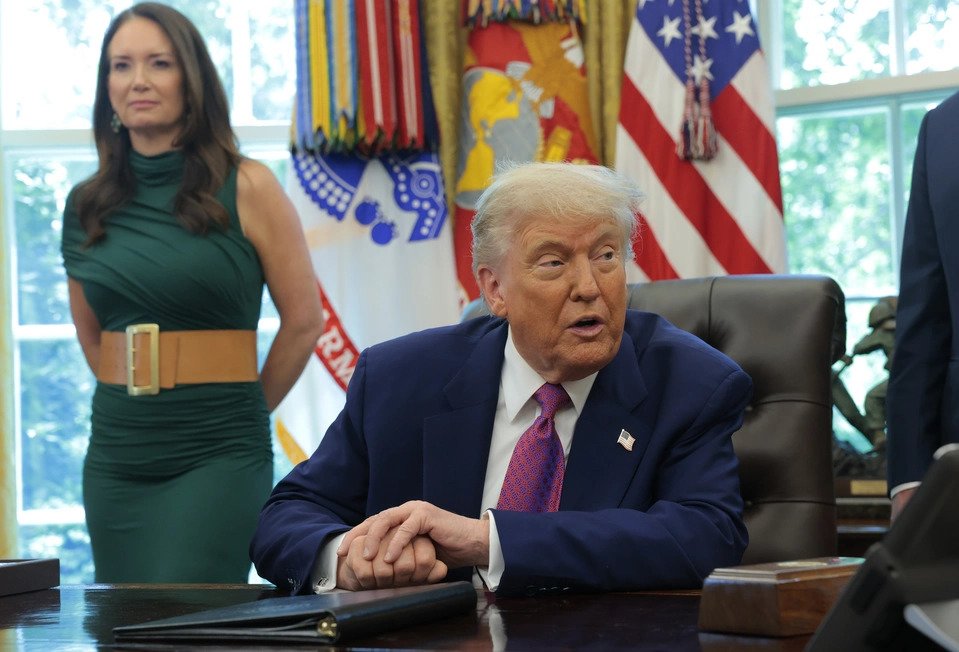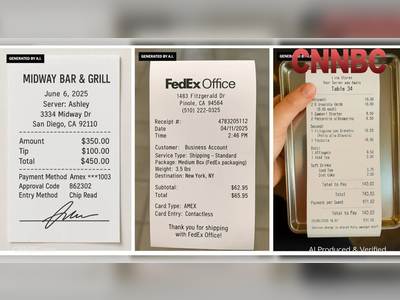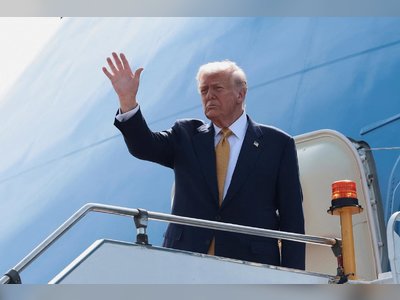
Trump Moves to Quadruple Argentine Beef Imports Amid U.S. Price Surge and Rancher Backlash
Administration expands quota on Argentine beef to 80,000 metric tons as ground-beef prices hit $6.32 a pound, triggering sharp reaction from U.S. ranchers
President Donald Trump’s administration announced it would quadruple the tariff-rate quota on beef imports from Argentina — increasing it to 80,000 metric tons — in a bid to help bring down U.S. consumer beef prices, which have climbed amid a shrinking domestic herd and drought-related supply constraints.
The move comes as U.S. ground-beef prices recently averaged $6.32 per pound.
While the administration framed the decision as a two-pronged strategy aimed at lowering costs for consumers and boosting domestic production, it has drawn fierce opposition from U.S. cattle ranchers and farm-state Republicans who argue the policy undermines American producers.
The National Cattlemen’s Beef Association described the import plan as “misguided” and warned it would do nothing meaningful to reduce grocery prices while undercutting domestic ranchers.
Agriculture Secretary Brooke Rollins said the administration would support both ranchers and consumers, asserting that the quota expansion was part of a broader effort that includes stimulating herd expansion in the United States.
Meanwhile, U.S. Trade Representative Jamieson Greer emphasised that there will be no “flood” of foreign beef, signalling that imports would remain measured and monitored.
Economists and industry analysts remain sceptical that the Argentine imports will meaningfully reduce consumer prices in the short term, pointing to structural constraints such as limited U.S. herd sizes, high feed and operational costs, and the fact that Argentine beef exports to the U.S. are typically lean cuts processed for ground beef rather than premium steaks.
The beef-import decision follows President Trump’s remarks aboard Air Force One, stating “we would buy some beef from Argentina … that will bring our beef prices down.” Sources inside the administration say the timing reflects political urgency: high food-price inflation remains a potential vulnerability ahead of upcoming midterm elections.
At the same time, the administration has reaffirmed its longer-term plan to expand domestic cattle production and processing capacity — a goal ranchers say will take years to yield results.
For now, the president’s dual-track tactic has triggered both praise for acting on consumer concerns and consternation among his farm-state base.
The question now is whether the expanded Argentine quota can translate into retail-level price relief and whether domestic producers will accept a strategy that they view as undermining their competitiveness.
The unfolding policy pivot may mark a new era in the administration’s approach to agricultural and trade issues, one calibrated for short-term relief and longer-term structural reform.
The move comes as U.S. ground-beef prices recently averaged $6.32 per pound.
While the administration framed the decision as a two-pronged strategy aimed at lowering costs for consumers and boosting domestic production, it has drawn fierce opposition from U.S. cattle ranchers and farm-state Republicans who argue the policy undermines American producers.
The National Cattlemen’s Beef Association described the import plan as “misguided” and warned it would do nothing meaningful to reduce grocery prices while undercutting domestic ranchers.
Agriculture Secretary Brooke Rollins said the administration would support both ranchers and consumers, asserting that the quota expansion was part of a broader effort that includes stimulating herd expansion in the United States.
Meanwhile, U.S. Trade Representative Jamieson Greer emphasised that there will be no “flood” of foreign beef, signalling that imports would remain measured and monitored.
Economists and industry analysts remain sceptical that the Argentine imports will meaningfully reduce consumer prices in the short term, pointing to structural constraints such as limited U.S. herd sizes, high feed and operational costs, and the fact that Argentine beef exports to the U.S. are typically lean cuts processed for ground beef rather than premium steaks.
The beef-import decision follows President Trump’s remarks aboard Air Force One, stating “we would buy some beef from Argentina … that will bring our beef prices down.” Sources inside the administration say the timing reflects political urgency: high food-price inflation remains a potential vulnerability ahead of upcoming midterm elections.
At the same time, the administration has reaffirmed its longer-term plan to expand domestic cattle production and processing capacity — a goal ranchers say will take years to yield results.
For now, the president’s dual-track tactic has triggered both praise for acting on consumer concerns and consternation among his farm-state base.
The question now is whether the expanded Argentine quota can translate into retail-level price relief and whether domestic producers will accept a strategy that they view as undermining their competitiveness.
The unfolding policy pivot may mark a new era in the administration’s approach to agricultural and trade issues, one calibrated for short-term relief and longer-term structural reform.











